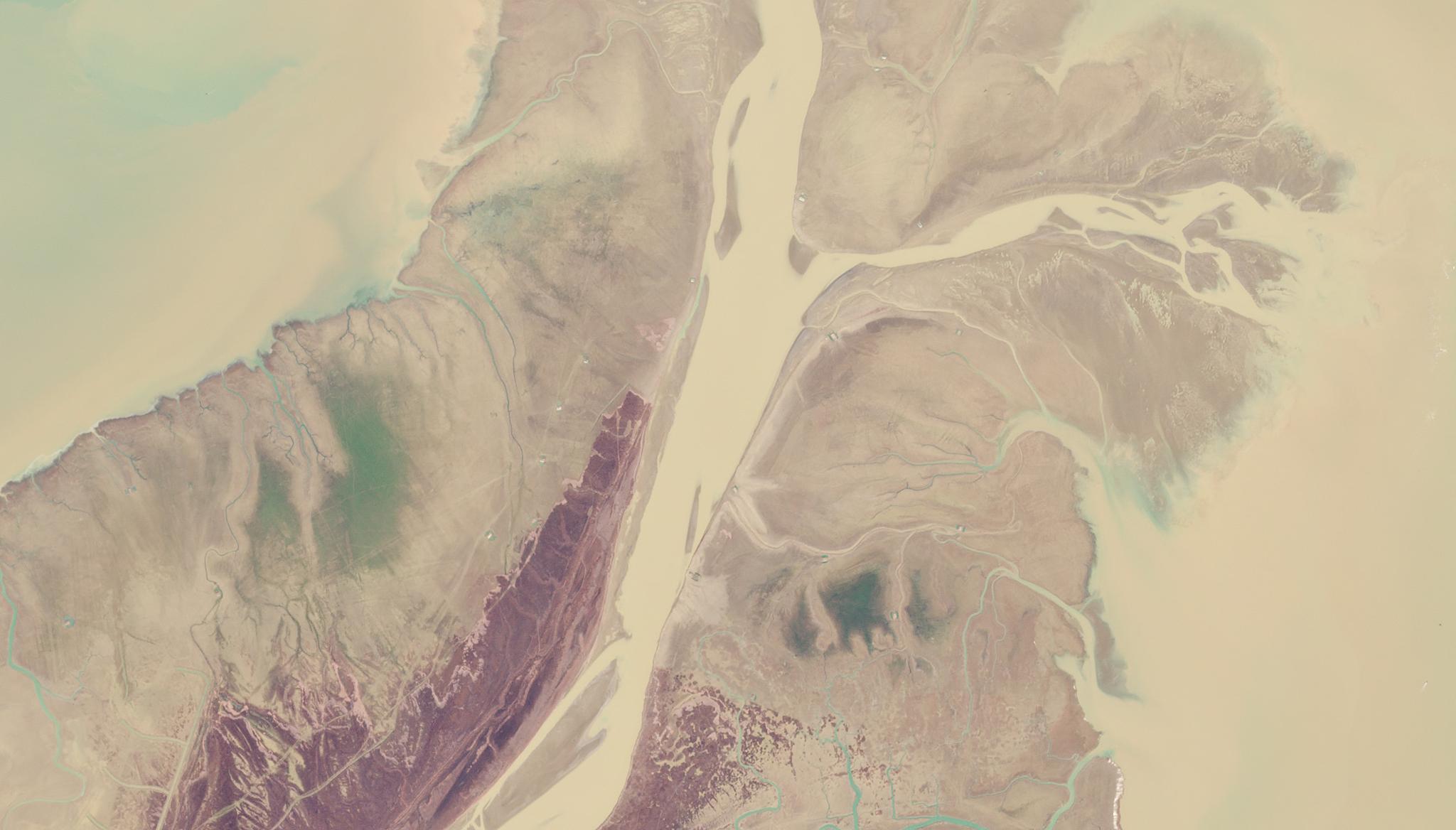PlanetScope Reveals Phenological Changes in Invasive Species in China
Image above: Yellow River estuary study site in Dongying, China taken December 11, 2022. © 2022, Planet Labs PBC. All Rights Reserved. Salt marshes are important ecosystems that provide a variety of ecosystem services, including carbon sequestration and coastal protection, however, these watery environments are also susceptible to the devastating impacts of invasive species. For example in 1979, an Atlantic and North American grass called Spartina alterniflora was introduced to China’s coastal wetlands by managers looking to mitigate coastal erosion. However, what was thought to be a help has ended up as a hazard to the native plant community. Since then, Spartina alterniflora has reproduced and adapted to the environment in such a way that it has modified and threatened the local plant species. Scientists have suggested that species like Spartina alterniflora gain advantages over native species by extending their phenological period and adjusting their phenological characteristics, making them exceptionally adept at handling seasonal or climate change caused environmental changes. With this in mind, scientists from Capital Normal University in Beijing and the Beijing Wetland Research Center are using Sentinel-2 and PlanetScope data to observe the phenological changes (both temporally and spatially) in the Chinese salt marshes filled with Spartina alterniflora. To determine if there were changes in how these plants were responding to seasonal changes, these scientists analyzed satellite data from the start and end of the season and observed the maximum NDVI. Notably, PlanetScope’s 3 meter resolution data provided finer spatial details, allowing the researchers to evaluate the influence of even tidal creeks on plant phenology. Their research indicated that these nuisance neighbors of the salt marsh were indeed sensitive and adapting to local environmental changes and climate change. “This study has the potential to provide references for the management of invasive plants threatening coastal wetlands in the world,” said the authors and called for future research on the driving forces for these phenological changes. Full study can be found in Ecological Indicators.

Ready to Get Started
Connect with a member of our Sales team. We'll help you find the right products and pricing for your needs.


